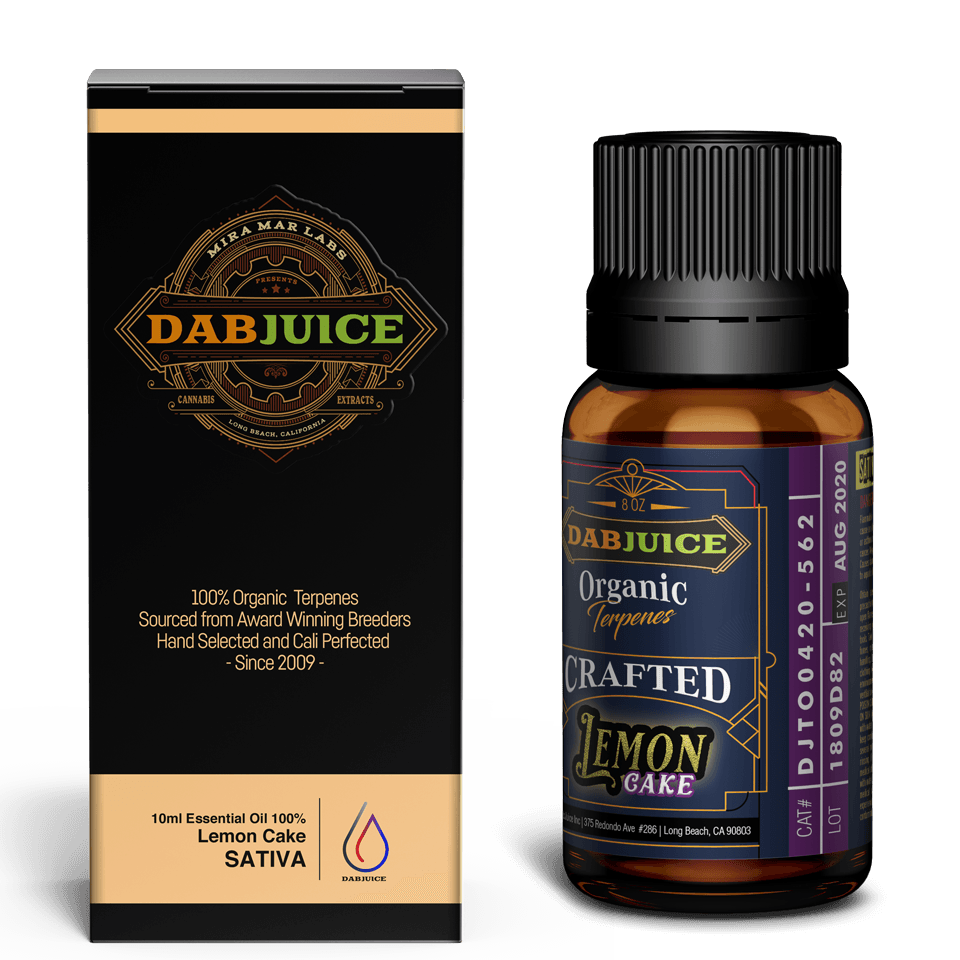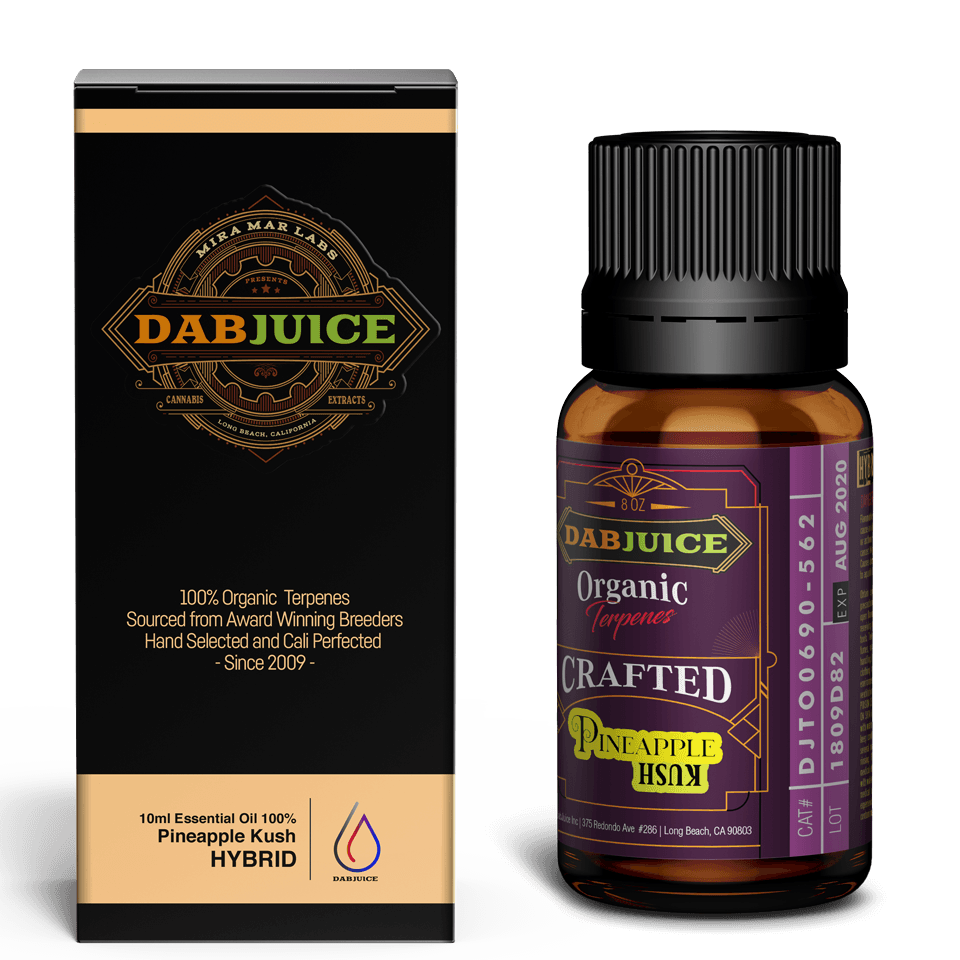User Review
0 (0 votes)The burgeoning cannabis industry is fraught with innovations, particularly in the realm of terpenes, the compounds responsible for the plant’s aromatic diversity. Yet, amidst this olfactory exploration, a deceptive practice lurks, exploiting terpenes’ robust fragrance to mask inferior quality cannabis. Known colloquially as “spraying” or “dusting,” this method involves applying synthetic or natural terpenes to mid-grade cannabis strains to simulate the aroma of higher-quality buds. This malpractice is not just an ethical grey area; it’s a direct affront to consumer trust and safety.
The Mechanics of Deception
The process is simple yet insidious. Producers take mediocre cannabis—lacking in both flavor and potency—and enhance it with external terpenes. These terpenes, though often natural, are sometimes synthetic replicas of the compounds found in high-quality cannabis strains. By doing so, the modified product adopts a more appealing aroma, misleading consumers into believing they’re purchasing a superior product. The aim is clear: to fetch a higher market price for what is essentially a subpar product.
Consumer Betrayal
The end loser in this scheme is undoubtedly the consumer. Duped into paying premium prices for average cannabis, consumers are robbed not just financially but of the authentic experience and potential health benefits quality cannabis provides. Moreover, the practice muddies the waters of consumer choice, making it challenging for individuals to discern quality in a market flooded with artificially enhanced products.
Health Risks and Unpredictable Effects
The health implications of this practice are concerning. The natural terpene profile of a cannabis strain is a delicate balance that contributes to its effects and potential therapeutic benefits. Tampering with this balance by adding external terpenes not only distorts the product’s natural essence but could also lead to unpredictable health effects. The interaction of these added terpenes with cannabinoids—and the body’s endocannabinoid system—remains largely unexplored, raising questions about the safety and integrity of such altered products
.
The Call for Ethical Standards and Transparency
The onus is on the cannabis industry to root out these unethical practices. Transparency, rigorous testing, and accurate labeling are non-negotiable standards that must be adopted industry-wide. Consumers deserve to know exactly what they are purchasing and consuming, with a clear understanding of a product’s terpene profile and origin. Regulatory bodies must enforce stringent guidelines to ensure that the terpenes used are not only safe but accurately represented on product packaging.
A Unified Front Against Deception
It is imperative for reputable producers, consumers, and regulators to unite against the practice of “spraying” or “dusting” cannabis products. Awareness and education are key tools in this battle. Consumers must be educated on the importance of natural terpene profiles and how to identify genuine products. Meanwhile, producers who adhere to ethical practices must be supported, as they play a crucial role in maintaining the integrity of the industry.
Conclusion
The misuse of terpenes to disguise the quality of cannabis is a deceitful practice that undermines consumer trust and safety. It represents a significant challenge within the industry, necessitating a collective effort to combat. By advocating for transparency, supporting ethical producers, and educating consumers, we can help ensure that the cannabis industry grows in a manner that is both responsible and respectful of consumer rights. The path forward must be paved with honesty and integrity, leaving no room for the deceptive enhancement of cannabis products.





